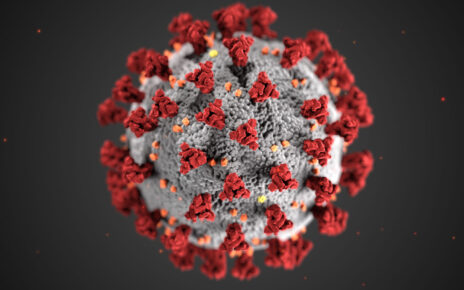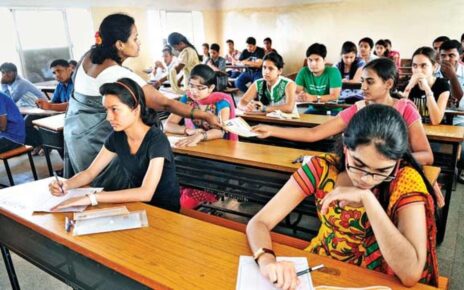Indian astronomers have discovered one of the farthest star galaxies in the universe, which is estimated to be located 9.3 billion light years away from Earth, announced the Department of Space, Indian Government.
This is a landmark achievement for the country’s first Multi-Wavelength Space Observatory ‘AstroSat’.
Sharing this information, Union Minister of State, Dr Jitendra Singh said, “The galaxy called AUDFs01 was discovered by a team of astronomers led by Dr Kanak Saha from the Inter-University Centre for Astronomy and Astrophysics (IUCAA) Pune.”
India’s AstroSat/UVIT was able to achieve this unique feat because the background noise in the UVIT detector is much less than one on the Hubble Space Telescope of US-based NASA.
Dr Jitendra Singh congratulated the scientists for once again proving to the world that India’s capability in space technology has risen to a distinguished level.
According to Professor Shyam Tandon, the excellent spatial resolution and high sensitivity is a tribute to the hard work of the UVIT core team of scientists for over a decade.
Director of IUCAA, Dr Somak Ray Chaudhury, stated that the discovery offers a very important clue to how the dark ages of the Universe ended and there was light in the Universe. “We need to know when this started, but it has been very hard to find the earliest sources of light,” he said.
The National Aeronautics and Space Administration (NASA) congratulated the researchers on the discovery and NASA’s public affairs officer Felicia Chou said, “Science is a collaborative effort around the world, and discoveries like these help further humankind’s understanding of where we come from, where are we going, and are we alone.”
The importance of this original discovery can be made out from the fact that it was also reported in the international journal ‘Nature Astronomy’ published in Britain. India’s first Space Observatory AstroSat, was launched by the Indian Space Research Organization (ISRO) on September 28, 2015. It was developed by a team led by ShyamTandon, Ex Emeritus Professor, IUCAA with the full support of ISRO.




